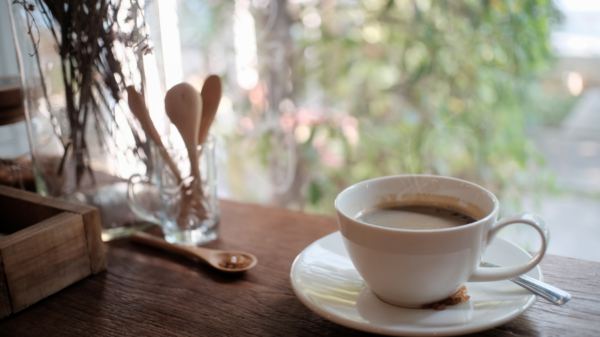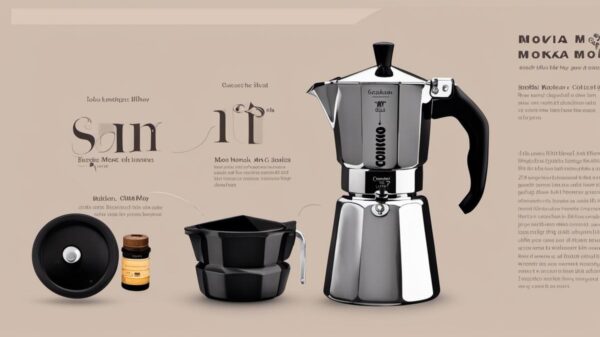Cappuccino vs Latte: Differences You Should Know
Basic Ingredients and Preparation for Cappuccinos vs Lattes
Cappuccinos and lattes, two stalwarts of the espresso-based beverage family, begin their journey with the same foundational ingredients—espresso and milk. However, the ratios and handling of these components diverge into two distinctly appreciated beverages.
In cappuccinos, the standard convention employs a strict symmetry of ingredients: one-third espresso, one-third steamed milk, and one-third frothy milk foam. This tripartite structure effectively balances the assertive flavors of the espresso with the creaminess of milk, crowned by a thick, airy foam that adds a unique tactile sensation. This foam acts as an insulator that helps retain the heat of the beverage longer than its latte counterpart.

Lattes flaunt a disparity in their concoction with a greater emphasis on steamed milk, comprising about one-quarter espresso and three-quarters milk. Here, the foam plays a subtle role, resting atop the steamed milk; a thin veiling rather than an impassable layer, setting a smooth stage for any latte artist’s designs. The result is a gently caffeinated beverage where the espresso whispers rather than shouts, making it a favorite base for various flavor infusions.
The preparation techniques for each beverage require finesse to transform simple ingredients into a cup full of comfort. Baristas wield their steam wands with precision to aerate milk to just the right level of frothiness needed for a cappuccino’s iconic foam. In contrast, the technique for a latte focuses more on achieving creamy, uniform steamed milk with just enough foam to caress the surface. Ratios can be tweaked and tools adjusted to coax out these desirable textures.
Globally, preparation variations exist, bringing regional stories and twists to these beloved drinks. Traditional Italian methods might favor slightly different milk to espresso ratios or frothing techniques, while American adaptations could lean into upsizing and customizing flavors.
Each sip of cappuccino offers a bolder espresso punch, fitting for those who enjoy the coffee’s assertive flavors mingled with creamy textures. Meanwhile, a latte provides a milder, smoother experience, which perhaps is why it remains the canvas of choice for flavored iterations.
Appreciating these differences might not just affect your order at the cafe but also how you savor these brews, understanding the craftsmanship poured into transforming simple espresso and milk into either a robust cappuccino or a comforting latte.

Taste, Texture, and Cultural Variations of Cappuccinos and Lattes
The sensory journey of enjoying a cappuccino versus a latte reveals divergent paths. A standard cappuccino greets the palate with an intense espresso flavor, cradled by sweet, creamy steamed milk but dominated by its aerated milk foam cap, which provides an invigorating texture. This mixture excites coffee aficionados who appreciate the undiluted essence of espresso balanced by the tempering creaminess and warmth of the foam.
Contrastingly, drinking a latte offers an enveloping softness due to its more substantial volume of steamed milk, which distributes the espresso more evenly throughout the drink. The latte’s minimal foam layer does not interfere with the smooth, flowing texture of the steamed milk. For many, it is a more subtle and comforting experience, delivering mellow coffee notes tempered with a creamy silkiness.
Cultural interpretations have also widely dictated and diversified how these drinks manifest worldwide. In Italy, the birthplace of espresso, authenticity and tradition govern the preparation of these beverages—with tightly defined ratios and expectations about when and how the drinks are enjoyed. Italians have long revered the crafting of espresso-based drinks as an art, predominant through daylight hours but never after dinner, preserving the integrity and enjoyment of both food and coffee experiences.1
In the United States, however, creative license thrives. Here, lattes have evolved into a canvas for infinite variations, including classics like vanilla or caramel and embracing bolder, non-traditional flavors such as turmeric or lavender. America’s adaptation redefines these Italian classics to suit local tastes and perspectives, widening the audience and bringing espresso beverages closer to a form of mainstream cultural expression.
Emotionally and socially, the choice between a cappuccino and a latte can reflect time of day, need for comfort or rejuvenation, and even socio-cultural identity.
- Do we seek an invigorating pick-me-up to spark our morning rituals? Perhaps the cappuccino calls our name.
- Or do we yearn for a warm, reassuring mug to cradle as we softly tread into our day or unwind in the afternoon?
Such nuances highlight more than mere preferences; they connect us to rituals and identities that define our interactions with the world. Whether a practice passed down through generations ensuring continuity in a cappuccino’s guarded foam or an innovative approach engendering evolving tastes through lattes, every cup presents a dialogue between heritage and horizon.
- Marcone MF. Composition and properties of Indonesian palm civet coffee (Kopi Luwak) and Ethiopian civet coffee. Food Research International. 2004;37(9):901-912.





























